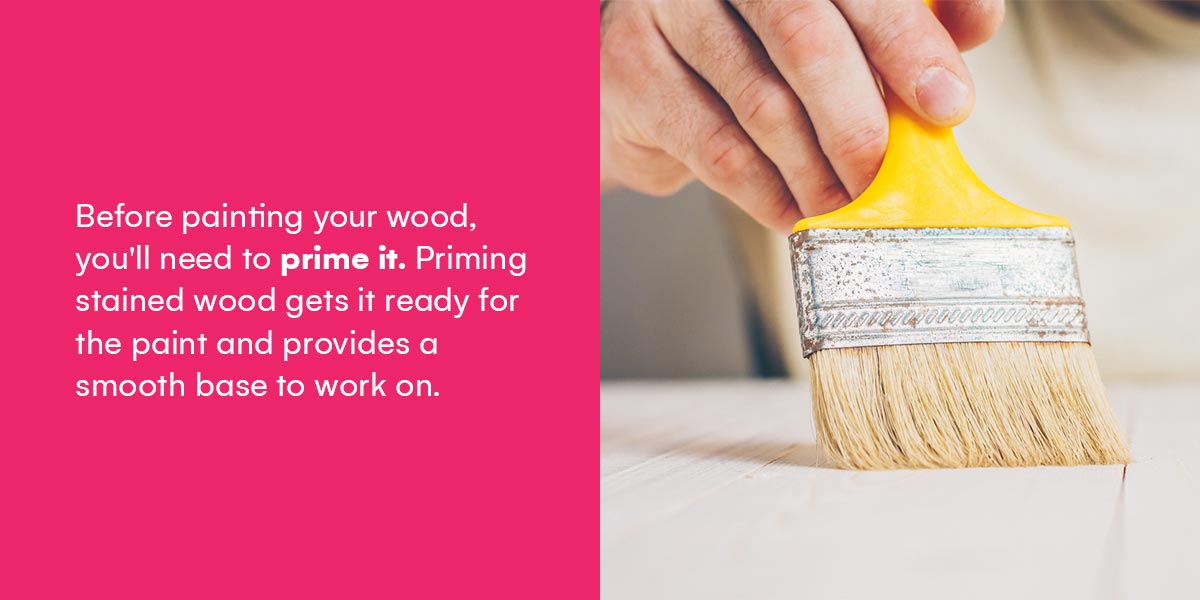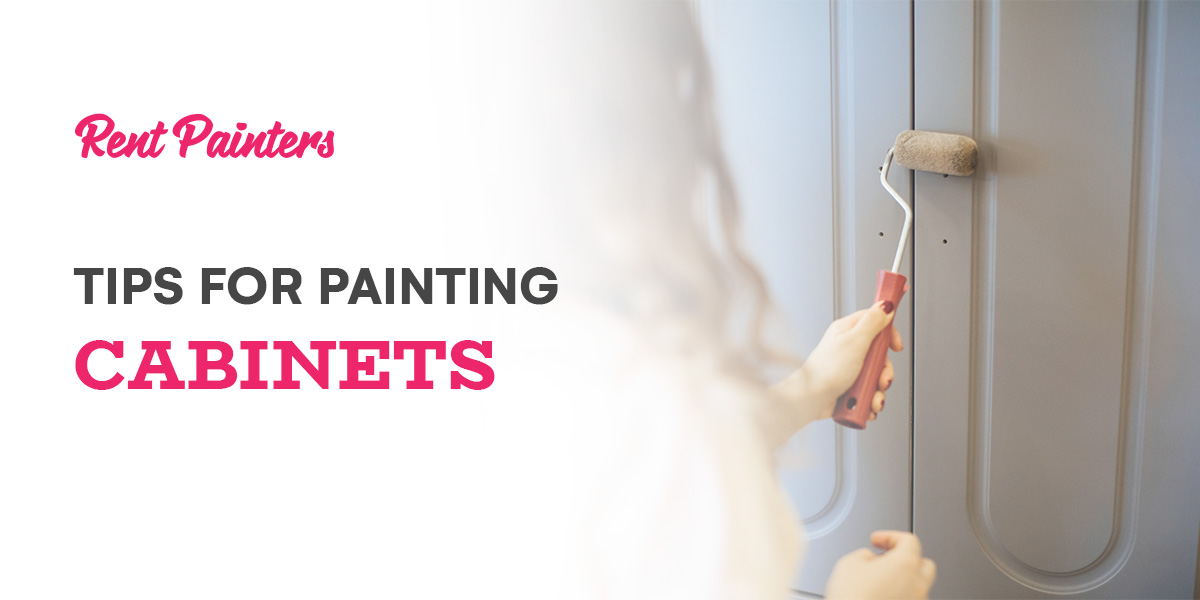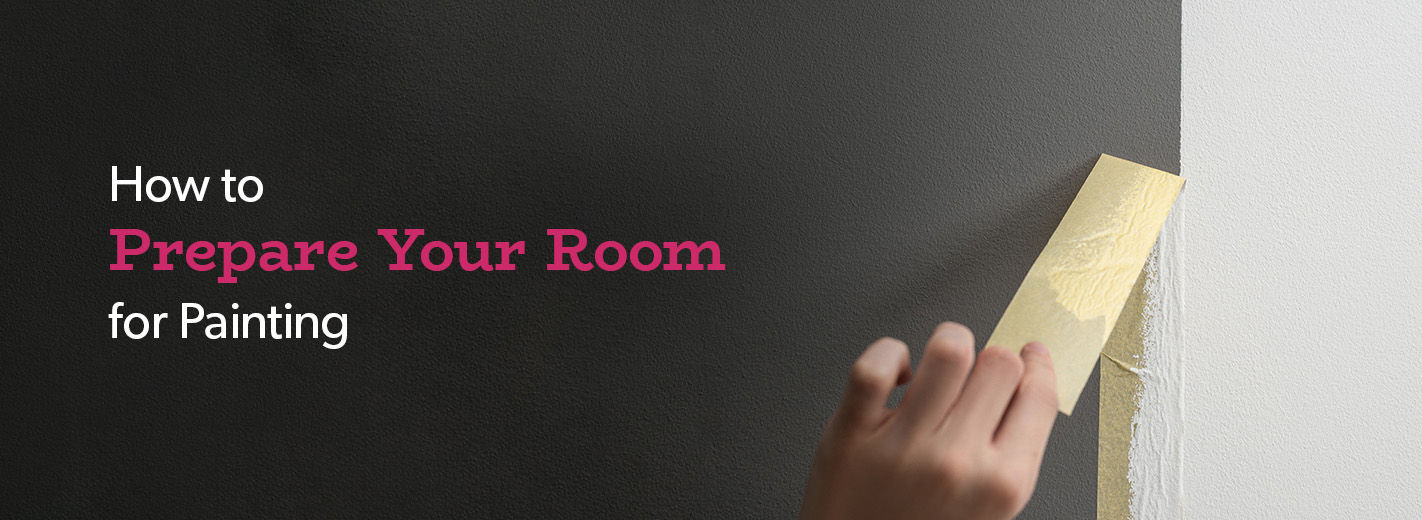Wood is a timeless, sturdy material that can make any home stand out. Still, you may have a stained wood deck, fence or piece or furniture that you want to change. Painting is a quick way to add new color and life to a space, transforming it into something fresh and exciting. Learn the best way to paint over stained wood with this article and enjoy your new, elevated wood paint job.
Techniques for Painting Over Stained Wood
Can you paint over a stained deck? Yes, you can paint over stained wood decks and fences. You’ll need to use different painting methods depending on the wood’s state, the stain used and the structure or furniture you’re painting over. Painting stained wood can rejuvenate a room and make it feel like new. Because this task can be highly labor-intensive, consider hiring a professional to do the hard work for you so you can relax.
Tools Needed to Paint Over Stained Wood
To execute a flawless paint job, you’ll need tools that make painting easier, faster and better-looking. Purchasing all this equipment will add to the price and time spent on your paint job — the more things you have to buy, the higher your total costs will be. Here are the tools you’ll need to paint stained wood:
- Tarps
- 150-grit sandpaper
- Tack cloth
- Paint
- Oil- or water-based primer
- Paintbrushes
- A screwdriver to remove hardware like handles and knobs
- Finish

How to Prep Stained Wood for Paint
Before painting your wood, you’ll need to prime it. Priming stained wood gets it ready for the paint and provides a smooth base to work on. Primer covers any imperfections like patches and seals the wood’s pores. Additionally, primer conceals stains and odors while giving the paint something to stick to, improving its life span.
You’ll want to thoroughly prep your stained wood to ensure you get the best result possible.
1. Clean
Before sanding or priming, you should clean the wood. Remove any dust, dirt or cobwebs that may have accumulated. Debris can interfere with the priming and painting, making the paint uneven and bumpy. Gently clean the wood with soapy water for a smooth surface.
2. Sand
Take your 150-grit sandpaper and sand the wood all over. You don’t have to strip down the wood’s entire surface — only enough to give the paint texture to grab onto. Lightly sanding the wood will let paint and primer stick better, improving the durability and life of your coats.
3. Wipe
After sanding, wipe down the wood with some tack cloth. Tack cloth attracts all loose particles, collecting and removing them from the surface and leaving you with a clean, lightly sanded wood to prime.
4. Add Primer
Use an oil-based primer if you’re using oil-based paint or a water-based latex primer if you’re using water-based paint. Oil-based is preferable — it can seal the wood against damage better. Talk to your paint professional to find out what primer would work best for your stained wood.
5. Wipe Again
After the primer is completely dry, use a fresh tack cloth to wipe down the entire surface again. Avoid using paper towels — they don’t attract particles like tack cloth does and can leave debris behind.
How to Paint Over Stained Wood
Painting stained wood requires following specific steps to ensure you get a quality, lasting paint job. Once you’ve successfully primed your stained wood, it’s time to paint.
1. Wipe Down
If it’s been some time since you primed, give the wood another wipe-down with a tack cloth. Make sure you get the surface clean and ready for painting. If you’ve just finished priming and wiping, you can move right into painting.
2. Paint
Using a new brush or roller, start painting your wood. You want thinner paint, especially if you’re painting wood cabinets, because you’ll apply at least two coats to the surface. Oil-based paint has the best durability, but it leaves an odor behind. For painting over a stained wood deck or fence, use oil-based paint — it will give you a better result, and the smell will dissipate outside. You might prefer water-based latex paint for cabinets or doors, since it doesn’t leave a scent behind.
Carefully paint your first coat. Once you’ve finished, wait at least six hours before applying the second. You want the paint to dry completely between layers to get the best result. Inspect the wood between each layer for clumped paint residue — this needs removing with a tack cloth before the next coat goes on. Then, paint your second coat. Allow it to dry completely. The exact coat number depends on your paint and wood object — add more coats if you think the paint layers are too thin.
3. Apply Finish
Once your paint is completely dry, you can apply your finish. You can choose between glossy, matte, satin and semi-gloss finishes, based on how shiny you want the paint job to look. Review samples and talk to a paint professional about the best choice for your design. Apply your finish as directed — depending on your desired look, you might need one coat or several.
Tips for Painting Stained Wood
Here is some advice to help you achieve the best results and the most efficient paint job.
- Paint in a well-ventilated area: Paints, primers and sandpaper can spread fumes and particles into the air. Working in a well-ventilated area helps dissipate these pollutants more quickly, so they don’t build up around you and threaten your respiratory health.
- Use protective gear: Wear gloves and a mask while painting to protect your body from smells and chemicals.
- Wear old clothes: Avoid getting paint on your favorite clothing by wearing something old. Put on a shirt, pants and shoes you don’t care about, and you won’t be upset when they get messy.
- Use fans: Fans improve airflow and can help the paint dry faster.
- Cover floors with tarps: Dropcloths protect your floors from paint stains and make cleanup easier.
- Use disposable rollers: If you don’t want to keep your rollers, use disposable ones. You can throw them away after use and avoid washing and drying them.
Hire Rent Painters to Paint Your Home
Painting stained wood is time- and labor-intensive. It takes lots of energy to gather all the materials, set up a work space and spend hours sanding, priming and painting. Instead of painting stained wood yourself, hire Rent Painters to take care of the work for you. A professional paint job can make all the difference — enjoy fast, high-quality work when you trust our experienced team to paint your home’s interior or exterior.
At Rent Painters, we prioritize providing excellent customer service and efficient, lasting results. Contact us today to start on your home, deck or garage paint job.


